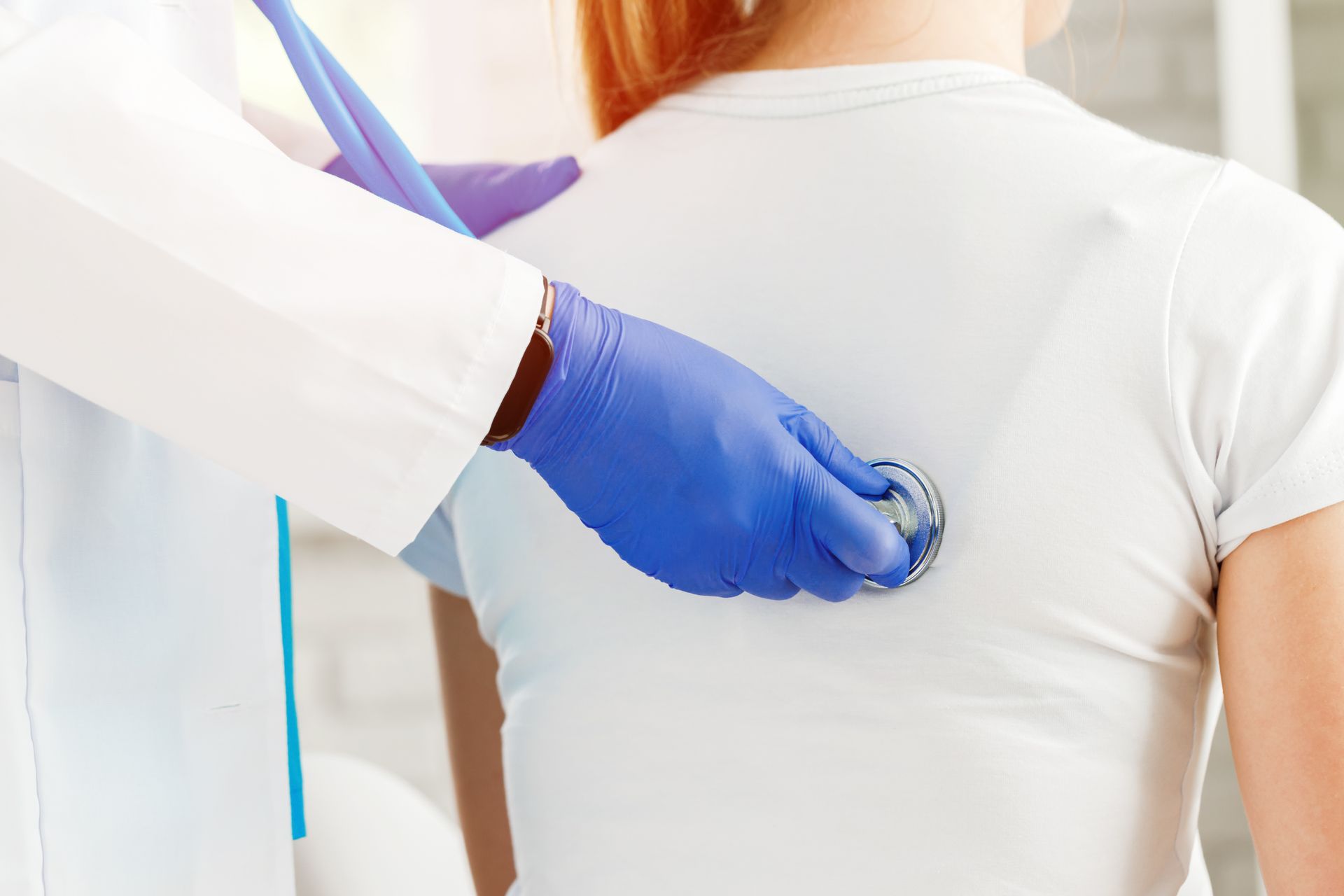Breast Cancer Screening: What Is New?
Breast Cancer Screening: What Is New?

Breast cancer is very important disease suffered by both men and women but more common in women. This article will focus on breast cancer in women.
Breast cancer is a leading cause of cancer death in US women being second only to lung cancer. It is estimated that 1 in 8 women will develop invasive breast cancer in their lifetime. In 2015, more than 230,000 women are expected to be diagnosed with invasive breast cancer.
Caucasian women are slightly more likely to develop breast cancer than African-Americans but breast cancer occurring in women younger than 45 years old is more common in African-Americans. However, African-American women are more likely to die of breast cancer. Breast cancer is less common among Asian, Hispanic and Native-American women.
Mammography has been the principal method of screening for breast cancer. Other methods includ breast ultrasound and breast MRI.
Screening mammography has been shown to reduce breast cancer deaths in women aged 40 to 69 years. However, there is a high rate of false positive (diagnosis of an abnormality when there is none) in young women due to dense breasts. African-American women have dense breasts. These false positive results lead to anxieties and performance (and subsequent performance) of breast biopsies.
The American Cancer Society (ACS) recently changed their recommendation about breast cancer screening for women at average risk. You can evaluate your risk of breast cancer using the Gail Breast Cancer Risk Assessment Tool at http://www.cancer.gov/bcrisktool/.
- Start regular screening mammography at 45 years.
- Biennial screening for women 55 years and older.
- Screening mammography should continue for as long as their overall health is good and life expectancy is 10 years or longer.
- The ACS does NOT recommend clinical breast examination by the patient or a clinician because of lack of benefit.


